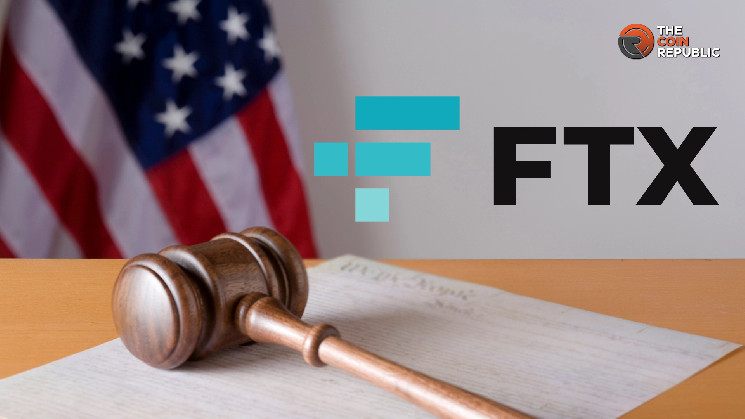Creditors of the bankrupt FTX Derivatives Exchange can finally breathe a sigh of relief. After two long years, Judge John Dorsey in the U.S. Bankruptcy Court for the District of Delaware has approved the firm’s reorganization plan and bankruptcy payouts.
The Bankruptcy Deal
This green light from the judge means that FTX can commence the distribution of funds to its creditors. The exchange will refund creditors using the $16 billion in assets recovered since its collapse.
Judge Dorsey said the exchange’s success made it “a model case for how to deal with a very complex Chapter 11 bankruptcy proceeding.”
It is worth noting that the approved plan for investors will also include FTX customers and U.S. government agencies. Liquidators responsible for winding down the exchange’s operations outside the US will also receive their settlement. However, there is an order of payment for FTX customers and creditors.
Until after it has completed this first payment, FTX does not intend to settle potentially competing claims filed by regulators. Markedly, 98% of the exchange’s customers held between $50,000 or less on the exchange before it imploded in 2022. Based on the current plan, this category of customers will receive their funds within 60 days.
FTX Creditors Wants In-kind Settlements, Not Cash
Each customer is expected to receive a minimum of 118% of their claims. The settlement will also hinge on the value of the assets in their respective accounts when the exchange filed for bankruptcy. Sunil Kavuri, a representative of the largest FTX creditor group, objected to the plans. He does not think it is fair for the estate to pay out cryptocurrencies in their dollar value.
He strongly opines that payment in kind is a better option. Kavuri’s argument gained backing from David Adler, a lawyer representing some creditors.
Adler pointed out that payment in cash would attract a significant tax bill to creditors if they get paid in cash and not in-kind. With Judge Dorsey’s approval, it does not look like FTX can consider in-kind settlements again.
FTX Recalls Donations And Sell Crypto Assets to Raise Funds
To repay users at a level that was feasible, FTX had to recoup donations made by Sam Bankman-Fried, its CEO.
Also, the exchange unstaked its assets, especially Solana (SOL), and sold off $3.5 billion in crypto assets through an Over-the-Counter (OTC) sale. FTX also sold part of its investment in the Artificial Intelligence firm Anthropic.
FTX CEO John Ray highlighted, “Today’s achievement is only possible because of the experience and tireless work of the team of professionals supporting this case, who have recovered billions of dollars by rebuilding FTX’s books from the ground up and from there marshaling assets from around the globe.”
The FTX reorganization plan received significant support from its creditors. More than 94% of the FTX Dotcom customer class endorsed the plan, with claims totaling $6.83 billion. All these creditors are likely to receive their funds before the end of this year.
In the meantime, little to nothing has been said concerning FTX 2.0, a possible relaunch of the cryptocurrency exchange. While some support reviving the platform, another group has consistently spoken against it. Kraken co-founder Jesse Powell falls into the second group. He believes FTX would be worse if it started from scratch.
 thecoinrepublic.com
thecoinrepublic.com
